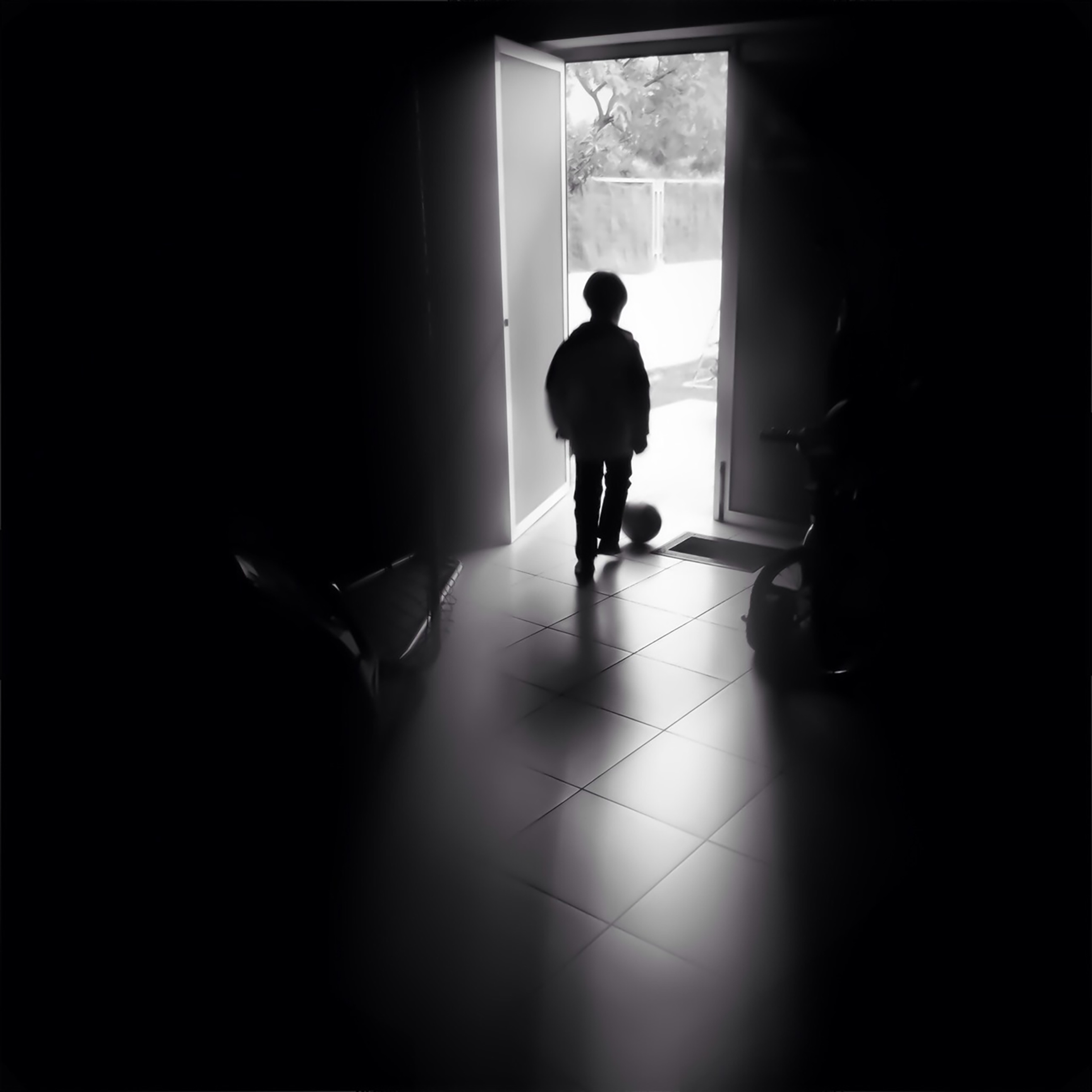
Nearly 1 in 5 American children is officially poor. That’s roughly 15 million kids. But the number living with a significant deprivation–insufficient food, seriously overcrowded housing or a lack of access to medical care due to cost–is actually much higher. According to the latest studies, it’s more like 1 in 3. Why do we tolerate this?
America has long been resistant to adequate poverty policies because of its strong strain of thinking that the poor are responsible for their own situations, no matter their suffering, but child poverty is too harmful and punishing to ignore. I, and a growing number of academics, believe there is a solution: the government should give monthly cash allowances, without conditions, to every family with kids. (Higher-income families would have much of that money taxed away.)
Today the official poverty line for a family of four in the U.S. is about $26,200, but a 2013 Gallup survey found that people think a family of four must earn $58,000 on average just to get by. My own ideal definition of a useful poverty measure would be this: the level below which we know that short- and long-term damage is being done to children.
A mountain of evidence now shows that poverty can lead to cognitive and emotional damage in children. Despite policies that have expanded access to insurance, poor kids are still less healthy than the rest of the young population. They also drop out of school at higher rates, earn less money over time and are incarcerated far more often than their better-off peers. That should be enough for us to recognize the moral tragedy that is child poverty, but we should note the broad effect too: reputable analyses show that the nation’s GDP is up to $1 trillion lower because of child poverty.
When Michael Harrington’s classic book, The Other America, called attention to America’s general poverty rate of about 25% in 1962, Washington developed social programs that brought the rate down sharply. Valuable policies, including the Earned Income Tax Credit and the Child Tax Credit, have been enacted since then, but they are not enough: 1 in 3 children does not receive the full benefits of these programs because their parents do not earn enough to be eligible for them.
Poor children have many needs, but research shows that money may matter most. For example, a 2013 review of dozens of studies by London School of Economics researchers found that “Poorer children have worse cognitive, social-behavioural and health outcomes in part because they are poorer, and not just because poverty is correlated with other household and parental characteristics.” A family with two children receiving $300 to $400 a month per child could improve their standard of living immediately. Money can buy food, heat, coats, eye-glasses and regular doctors’ visits, including transportation, and help pay for childcare. It can also help reduce family stress and help parents provide a psychologically nourishing environment in which learning and social development can germinate. Studies demonstrate improved cognitive and educational performance when families are simply given more money.
An illustrative finding is what happened when a Cherokee tribe passed on thousands of dollars in casino profits to its children starting in the late ’90s. Follow-up analyses showed that these children dropped out of school far less, were incarcerated in lower numbers and had higher wages over time than similar groups with no access to cash.
The historian Michael Katz correctly notes, “One of the odd aspects of the history of writing about poverty is the avoidance of the simple view that people are poor because they lack money,” yet both the left and the right denigrate direct cash aid as a waste and an inducement to laziness and abuse. It is good that Democratic presidential candidate Andrew Yang has stressed the benefits of a universal basic income, citing studies that show such cash allowances do not induce the shirking of work, but his plan could cost $2.8 trillion a year and the poor would have to return welfare assistance like food stamps to receive the outlay.
For far less money–about $100 billion–the number of children living in official poverty could be cut in half. Such a policy would be a humane, practical, efficient victory for a nation too willing to neglect its poor.
More Must-Reads from TIME
- Cybersecurity Experts Are Sounding the Alarm on DOGE
- Meet the 2025 Women of the Year
- The Harsh Truth About Disability Inclusion
- Why Do More Young Adults Have Cancer?
- Colman Domingo Leads With Radical Love
- How to Get Better at Doing Things Alone
- Michelle Zauner Stares Down the Darkness
Contact us at letters@time.com